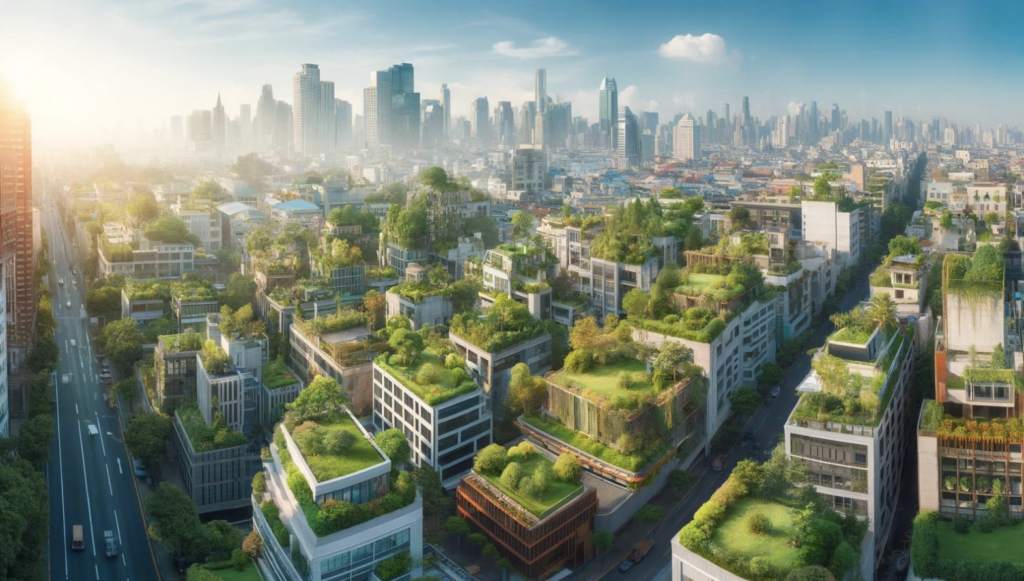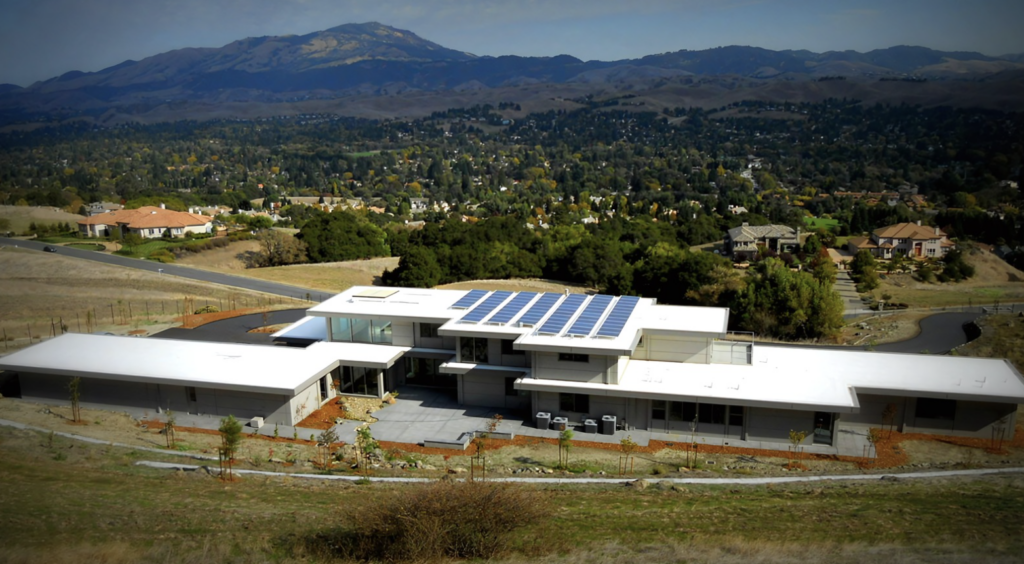Green Roofs: Revolutionizing Urban Landscapes for Sustainability
Introduction
In the quest for sustainable urban development, green roofs have emerged as a pivotal solution. As cities continue to expand, the need for environmentally friendly designs becomes more crucial. Green roofs not only enhance the aesthetic value of urban areas but also contribute significantly to ecological sustainability. This article explores the multifaceted benefits and challenges of integrating green roofs in urban planning.

How Can Urban Sustainability Be Achieved?
Urban sustainability is achieved by integrating practices that support environmental, social, and economic stability into city planning and operations. Green roofs play a vital role by providing spaces for vegetation in urban areas, which helps reduce carbon footprints, manage stormwater, and improve air quality. These eco-friendly structures are just one of the many strategies cities can adopt to move towards sustainability.
Five Factors Contributing to Urban Sustainability
- Energy Efficiency: Implementation of technologies that reduce energy consumption.
- Waste Management: Effective systems for recycling and reducing waste.
- Sustainable Transportation: Promoting public transport, cycling, and walking.
- Green Building Practices: Including the use of pre-engineered steel structures, as discussed in the article FROM DESIGN TO BUILD: THE BENEFITS OF PRE-ENGINEERED STEEL STRUCTURES, which emphasizes sustainability in construction.
- Urban Greening: Integrating green spaces, such as parks and green roofs, into urban design.

Three Key Aspects of Sustainable Urban Transformation
- Social Inclusivity: Ensuring that urban development benefits all residents, regardless of economic status.
- Economic Viability: Urban development should not only be environmentally sound but also economically feasible.
- Environmental Protection: The core element of sustainable urban development, emphasizing the protection and enhancement of urban ecosystems.
Strategies for Sustainable Urbanization
Strategies for sustainable urbanization involve:
- Enhancing Urban Planning: Incorporating green infrastructure and energy-efficient building designs.
- Promoting Sustainable Local Economies: Encouraging local businesses and sustainable practices.
- Community Engagement: Involving community members in planning processes to ensure that developments meet local needs.

Six Challenges to Urban Sustainability
- High Energy Consumption
- Overpopulation
- Pollution
- Lack of Adequate Infrastructure
- Economic Disparities
- Climate Change Impacts
Why Are Urban Areas Unsustainable?
Urban areas often face sustainability challenges due to high density of population and industrial activities which lead to significant environmental, social, and economic pressures. The concentration of buildings and pavement increases the heat island effect, air pollution, and energy consumption, while reducing natural habitats and biodiversity.
Conclusion
Green roofs represent a transformative approach to urban sustainability. By adopting such innovative practices, cities can address environmental challenges, improve residents’ quality of life, and create more resilient urban landscapes. Embracing green roofs and other sustainable practices is not just a necessity but a responsibility for future generations.
You must be logged in to post a comment.